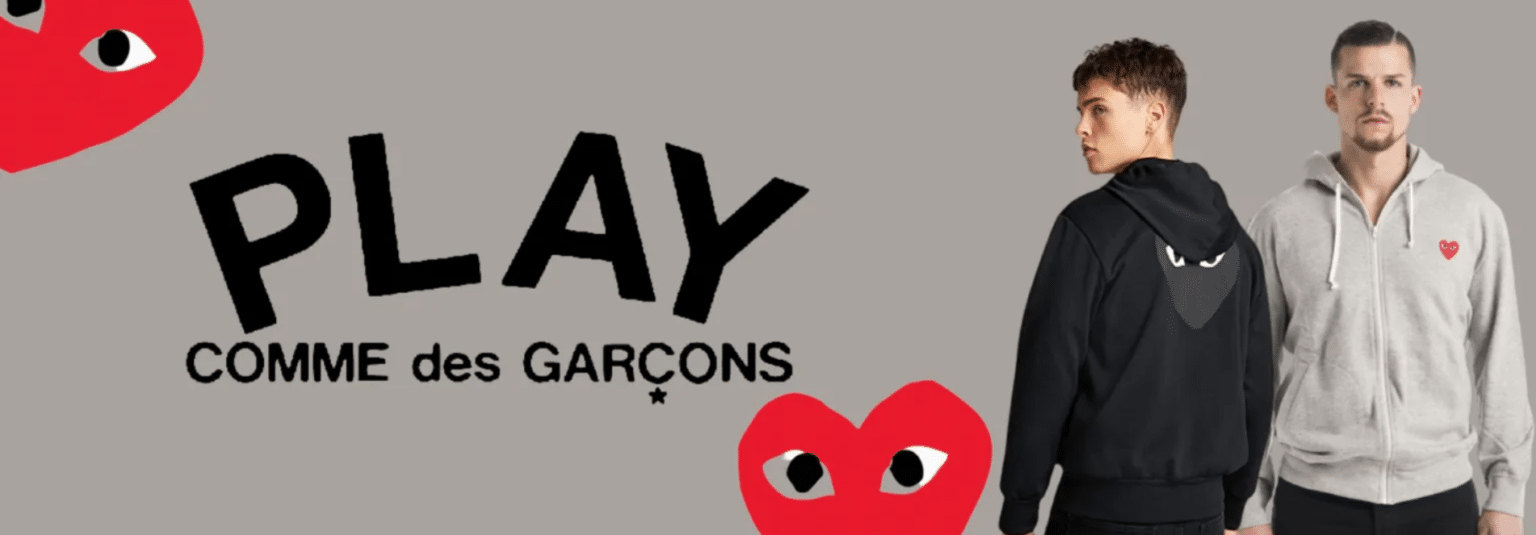Comme des Garçons, a name synonymous with avant-garde fashion, translates to “like those boys” in French. Yet, the revolutionary label founded by Rei Kawakubo in 1968 has shattered expectations, becoming a force to be reckoned with by both genders. This is not clothing for the faint of heart; it’s a rebellion against conformity, a radical reinterpretation of the human form, and a canvas for artistic expression.
déchirer les règles
From the very beginning, Kawakubo challenged the established order of the fashion world. Her early collections, shown in Tokyo in the late 1970s, were met with shock. Oversized, shapeless garments in black and white defied the Western ideals of silhouette and elegance. Instead, Kawakubo reveled in asymmetry, lumps, and bulges, questioning the very purpose of clothing. Was it merely to adorn the body, or could it be a form of social commentary, a deconstruction of societal norms?
Silhouette Radicale
The Comme des Garçons silhouette is anything but conventional. Kawakubo plays with proportions, creating elongated torsos, cocoon-like shapes, and dresses that appear to engulf the wearer. Her garments are often devoid of buttons, zippers, or any closures, existing as sculptural forms that challenge the definition of a dress, a coat, or even clothing itself. The body becomes a blank canvas, manipulated and reshaped by the fabric, blurring the lines between fashion and art.
A World in Monochrome
Black and white have long been the dominant colors in the Comme des Garçons palette. This austerity allows the focus to remain on the shape, texture, and innovation of the garments themselves. However, Kawakubo isn’t afraid of a bold pop of color, occasionally introducing shocking pinks, reds, or blues to punctuate her collections. Even in these bursts of color, there’s a sense of restraint, ensuring the garments remain true to the label’s avant-garde aesthetic.
tkanine jako język
Comme des Garçons garments are more than just threads and buttons; they are a vocabulary, a language spoken through fabric. Kawakubo utilizes a vast array of materials, from traditional wools and silks to unconventional choices like denim, paper, and even human hair. The textures are just as diverse, with smooth finishes juxtaposed against rough surfaces, creating a sense of tactility and intrigue. Through her experimentation, Kawakubo pushes the boundaries of what clothing can be, transforming fabric into a medium for artistic expression.
Au-delà de la mode
Comme des Garçons is more than just a fashion label; it’s a cultural phenomenon. Kawakubo’s unwavering vision and dedication to artistic integrity have garnered her a loyal following amongst fashion enthusiasts, celebrities, and artists alike. Her work has been exhibited in museums worldwide, solidifying her place as an influential figure in the art world. Comme des Garçons is a testament to the power of creativity, challenging the status quo and pushing the boundaries of what fashion can be.
héritage durable
Rei Kawakubo’s influence on the fashion world is undeniable. She has inspired countless designers to break away from convention and embrace individuality. Comme des Garçons continues to be a leader in avant-garde fashion, consistently pushing the envelope and sparking conversation. While the label may not be for everyone, its impact on the industry is undeniable. Comme des Garçons is a testament to the transformative power of fashion, a reminder that clothing can be more than just something we wear; it can be a statement, a rebellion, and a form of art.
Read more: netblogz
